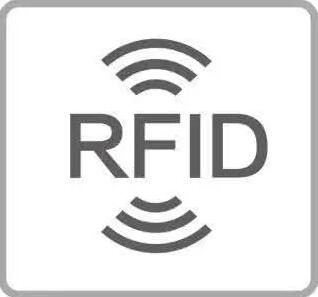1. What is the RFID standard?
RFID standards are guidelines or specifications for all RFID products. The standard provides guidelines on how RFID systems work, operating frequencies, data transmission methods, and working principles of communication between readers and tags.

2. Why are RFID standards important?
Regardless of the supplier or the user, RFID standards help ensure that RFID products are interoperable. The RFID standard also provides guidelines for RFID manufacturers, including which companies can develop complementary products, such as different types of RFID tags, RFID readers, software and accessories. In addition, RFID standards help expand the market and increase competition in the RFID industry, thereby driving the price of standardized RFID products to fall. RFID standards also help increase broad confidence in RFID technology.
3. Who set the RFID standard?
RFID standards are formulated and issued by industry, national, regional and global institutions. The more global the RFID standard, the more its development institutions. International organizations that issue RFID-related standards include EPCglobal, International Electrotechnical Commission (IEC), International Standards Organization (ISO) and a committee composed of ISO and IEC—Joint Technical Committee (JTC 1). Regional regulatory entities that manage the use of RFID include the Federal Communications Commission (FCC) in the United States and the European Telecommunications Standards Institute (ETSI), which operates in Europe. Other regions also have their own regulatory entities.
Organizations that oversee RFID standards for specific industries include the American Association of Railroads (AAR), the Automotive Industry Standards Organization (AIAG), the American Truck Association (ATA), and the International Air Transport Association (IATA). In addition, the GS1 VICS Item-Level RFID Program (VILRI) oversees standards for item-level marking and the use of RFID technology throughout the retail supply chain.
4. What are the existing RFID standards?
Active RFID, passive LF RFID, passive HF RFID and passive UHF RFID all have their own unique standards to manage their related products.
Passive UHF RFID is currently the only RFID regulated by a single global standard. This standard is called EPCglobal UHF Gen 2 V1 or UHF Gen 2. UHF Gen 2 defines a communication protocol for passive backscatter operating in the frequency range of 860 MHz-960 MHz. EPCglobal certification testing includes conformance testing to ensure that RFID products comply with UHF Gen2 standards and interoperability testing to ensure that all aspects of the tag reader interface can be properly designed to seamlessly interoperate with other second-generation certified products. Although most passive RFID tags use the energy of the RFID reader signal to power the tag’s integrated circuit (IC) and backscatter the reader, BAP tags use an integrated power supply (usually a battery) to power the IC. Therefore, all the captured energy of the reader can be used for backscatter.
An update to the UHF Gen 2 standard, called UHF Gen 2V2, or G2, is under approval. This new standard is based on the original V1 standard, but ensures that future RFID communications have more complex and powerful security options to protect data and prevent tag forgery.
Under the G2 standard, users can hide all, some, or unlabeled memory. Depending on the access authority of the reader and its proximity to the tag, the ability of the reader to access or modify tag data will vary. This can prevent tag data from being stolen or tampered with.
The G2 standard also establishes an anti-counterfeiting measure involving password authentication tags. UHF Gen2 V1 tags send static responses back to the reader, allowing cloners to easily create counterfeit tags. Under the G2 standard, whenever the reader sends a signal to the tag, it sends a different secret number, and the tag calculates a reply specific to the interaction.